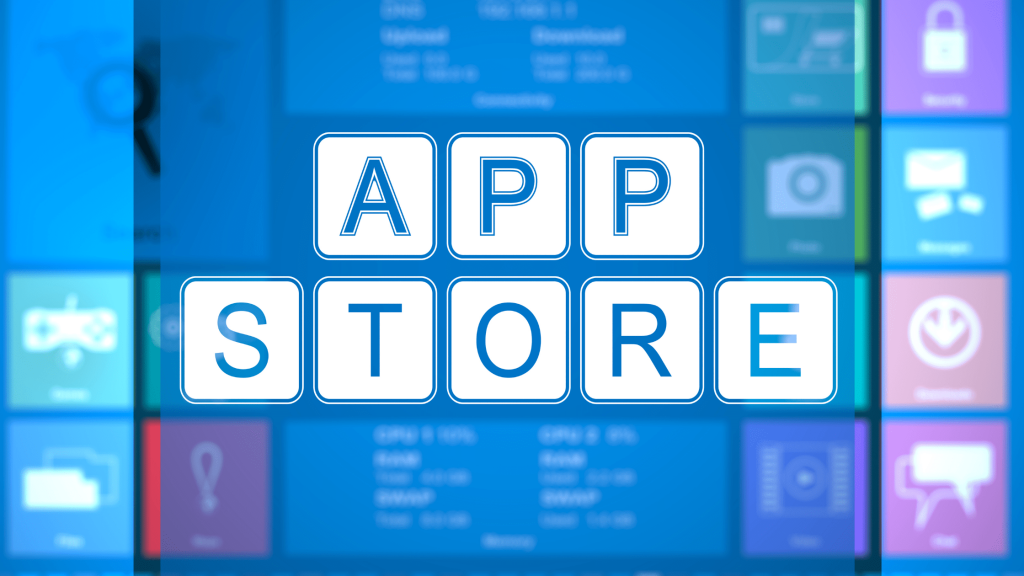In today’s competitive digital landscape, simply developing a great iPhone app is not enough. To truly succeed, you need to ensure your app stands out in the App Store. App Store Optimization (ASO) is crucial for improving your app’s visibility, driving downloads, and ultimately increasing your online presence. At Panalinks, we specialize in app development and understand the intricacies involved in launching successful mobile applications. In this article, we will explore effective strategies for optimizing your iPhone app for the App Store, focusing on essential elements of iPhone app SEO.
Understanding App Store Optimization (ASO)

App Store Optimization is the process of enhancing your app’s visibility in the App Store and improving its ranking in search results. Much like traditional SEO, ASO involves various techniques aimed at increasing the likelihood that users will discover and download your app. By implementing effective ASO strategies, you can significantly improve your app’s chances of success in a crowded marketplace.
Key Components of App Store Optimization

Here are the essential elements to consider when optimizing your iPhone app for the App Store:
- Keyword Research: The foundation of any effective ASO strategy is thorough keyword research. Identifying the right keywords that potential users are searching for is critical. Use tools like App Annie or Sensor Tower to discover trending keywords relevant to your app’s niche. Aim for a mix of high-volume keywords and long-tail phrases to broaden your reach.
- Tip: Incorporate keywords naturally into your app’s title and description to improve visibility without compromising readability.
- Compelling App Title and Subtitle: Your app’s title is one of the most significant factors affecting its discoverability. Choose a concise and descriptive title that includes your primary keyword. Additionally, the subtitle provides an opportunity to include secondary keywords and give potential users a quick insight into your app’s functionality.
- Example: If you’re developing a fitness app, consider a title like “FitTrack: Daily Fitness & Nutrition.”
- Engaging App Description: Crafting a compelling app description is essential for both ASO and user conversion. Use the first few lines to highlight your app’s unique features and benefits, as this is what users see first. Include relevant keywords throughout the description but maintain a natural tone.
- Tip: Focus on the value your app provides. Highlight features that cater to your target audience, whether it’s for ecommerce development or enhancing user experience.
- Eye-Catching App Icon: Your app icon is the first visual representation of your brand that users will encounter. A professional and visually appealing icon can significantly impact your app’s click-through rate. Ensure your icon is simple yet distinctive, and aligns with your app’s branding and purpose.
- Tip: A/B test different icon designs to determine which one resonates best with your audience.
- Screenshots and App Preview Videos: Visual elements play a crucial role in user decision-making. Include high-quality screenshots that showcase your app’s features and user interface. Additionally, consider creating an app preview video to provide users with a dynamic view of what your app offers.
- Tip: Use captions and highlights in your screenshots to emphasize key features, especially if you’re targeting Shopify eCommerce sites or other specific functionalities.
- Positive User Reviews and Ratings: User reviews and ratings are critical for your app’s credibility and ranking. Encourage satisfied users to leave positive reviews and ratings by providing excellent customer service and a great user experience. Responding to reviews—both positive and negative—can also show potential users that you care about their feedback.
- Tip: Consider implementing in-app prompts to ask users for reviews after they have completed a positive action, like making a purchase or achieving a milestone.
- Regular Updates: Regularly updating your app not only improves functionality and user experience but also signals to the App Store that your app is actively maintained. Each update gives you an opportunity to improve your app’s ranking and attract new users.
- Tip: Use update notes to highlight new features or improvements, encouraging users to download the latest version.
Advanced ASO Strategies
Once you’ve established the basics of App Store Optimization, consider implementing these advanced strategies:
- Localization: If you’re aiming for a global audience, consider localizing your app’s title, description, and keywords for different regions. Tailoring your app for specific markets can increase your app’s visibility and appeal to a broader audience.
- Tip: Research regional preferences and trends to better align your app’s features with local demands.
- Implementing Deep Linking: Deep linking can enhance user engagement by directing users to specific content within your app. This can improve user retention and is particularly beneficial for e-commerce apps, where users may want to navigate directly to a product page.
- Tip: Use deep linking to create tailored marketing campaigns that lead users to specific app sections or promotions.
- Monitor and Analyze Performance: Regularly monitoring your app’s performance using ASO analytics tools is essential for ongoing optimization. Track your app’s rankings, downloads, and user engagement to identify areas for improvement and refine your ASO strategy over time.
- Tip: Set clear KPIs (Key Performance Indicators) to measure your ASO success and adapt your strategies based on data-driven insights.
Conclusion

Optimizing your iPhone app for the App Store is a crucial step toward achieving long-term success in the competitive mobile landscape. By implementing effective App Store Optimization strategies and focusing on iPhone app SEO, you can increase your app’s visibility, drive downloads, and ultimately enhance your online presence.
At Panalinks, we are dedicated to helping businesses excel in website design, software development, and mobile app development. Whether you’re looking to create a standout iPhone app or enhance your WordPress development projects, our expert team is here to support you every step.
Ready to optimize your iPhone app for the App Store? Contact us today at contactus@panalinks.com to discuss how we can assist you in your app development journey!

